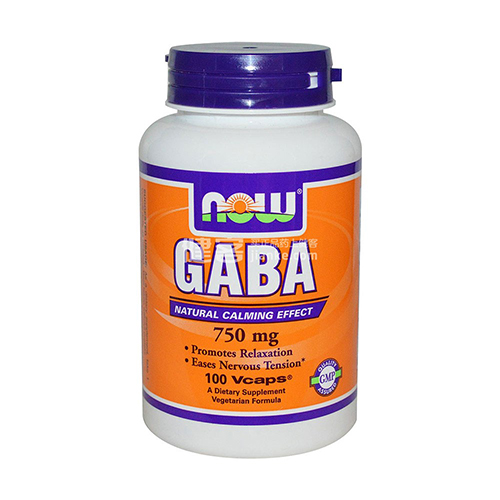4-Aminobutyric acid: Structure and Function
Structure of 4-Aminobutyric acid
4-Aminobutyric acid, also known as Gamma-aminobutyric acid or GABA, is a gamma-amino acid, belonging to the butyric acid group, with the amino substituent group located at C-4. The molecular formula is C4H9NO2, and it has the appearance of a white crystalline powder. It is a signalling molecule that acts as an inhibitory neurotransmitter in the central nervous system and as a neuromodulator in certain peripheral tissues. GABA exists mostly in the form of zwitterions (i.e., carboxyl group deprotonated, amino group protonated). Its conformation depends on the environment in which it is found. In the gas phase, GABA prefers a highly folded conformation due to the electrostatic attraction between the two functional groups.

Function of 4-Aminobutyric acid
The function of 4-Aminobutyric acid consists of three parts: synthesis, receptors and brain development.
Synthesis: GABA is synthesized from glutamate through the action of glutamate decarboxylase and vitamin B6. It is then utilized to produce succinate, which participates in the citric acid cycle. Once synthesized, GABA is released into the post-synaptic terminals of neurons. While glutamate is a precursor to GABA, it functions as an excitatory neurotransmitter in contrast to GABA's role as an inhibitory neurotransmitter. An imbalance between the two can contribute to various neurological conditions.
Receptors: GABA receptors are the principal inhibitory receptors in the central nervous system and respond to the release of GABA into post-synaptic nerve terminals. They are categorized into GABAa and GABAb subtypes. GABAa receptors, which are ligand-gated ion channels, facilitate fast synaptic inhibition by allowing chloride ions to enter the cell, thereby increasing the cell's negative charge and causing an inhibitory effect. These receptors are widely distributed, with high concentrations in the limbic system and retina. GABAb receptors, on the other hand, are G-protein coupled receptors that act as slow synaptic inhibitors. They increase potassium conductance and inhibit neurotransmitter release by preventing calcium entry, with locations in the thalamic pathways and cerebral cortex.
Brain Development:
In the adult central nervous system, GABA serves as the main inhibitory neurotransmitter. However, during embryonic development, it paradoxically acts as an excitatory neurotransmitter. GABA is believed to be the first active neurotransmitter in the developing brain, influencing the proliferation of neuronal progenitor cells. It promotes increased proliferation and size of neural progenitor cells in ventricular areas, while reducing proliferation in the subventricular zone.
4-Aminobutyric acid supplement
GABA supplements are known to lower blood pressure, reduce muscle spasms and control mood. When taken orally, GABA may not be able to cross the blood-brain barrier because it may not be able to cross the blood-brain barrier. Therefore, it is not clear whether GABA supplements have an effect on the brain. Clinical studies have shown that GABA supplements are generally well tolerated with no serious adverse effects. However, using them with medications for high blood pressure or epilepsy may increase the effects of these medications.
Taking up to 120 milligrams (mg) of GABA per day as a supplement for 12 weeks is unlikely to cause adverse effects.
Related articles And Qustion
Lastest Price from 4-Aminobutyric acid manufacturers

US $0.00/kg2025-09-22
- CAS:
- 56-12-2
- Min. Order:
- 1kg
- Purity:
- 99%
- Supply Ability:
- 1000kg

US $0.00/kg2025-08-27
- CAS:
- 56-12-2
- Min. Order:
- 1kg
- Purity:
- 99%min
- Supply Ability:
- 20tons





